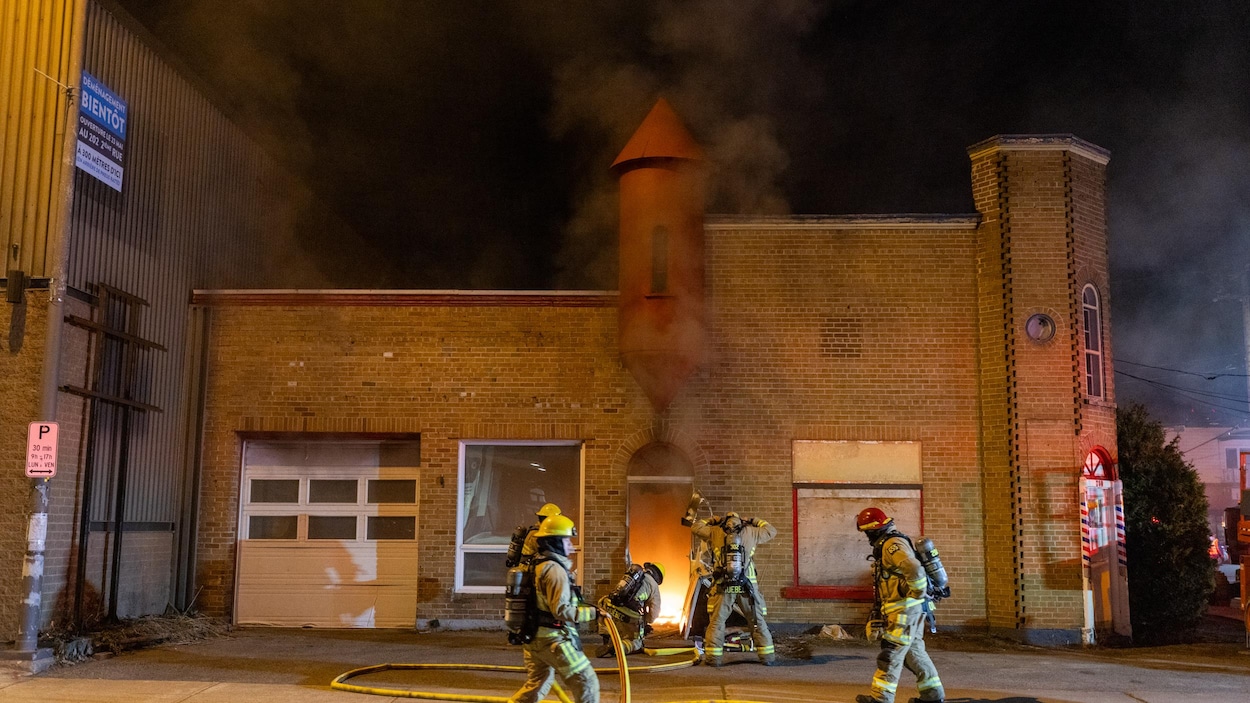(Montreal) As the opioid crisis wreaks havoc in Western Canada, Quebec is also facing an increase in drug overdoses. According to data from Quebec’s National Institute of Public Health (INSPQ), between October 2021 and September 2022, more than 500 people died from poisoning with opioids or other substances.
Almost 90% of the nearly 32,000 Canadian deaths linked to opioids have occurred in British Columbia, Alberta and Ontario, with unprecedented rates also seen in the Quebec and Montreal regions since 2016.
“The first wave of street fentanyl was in Montreal in the summer of 2014. Coincidentally, a batch of bad fentanyl ended up on the street, and there were several overdoses in those two weeks. […] But the crisis we’re experiencing now started at the beginning of the epidemic,” says Christopher Kusik, trainer and support agent of the PROFAN 2.0 program, which provides training on overdose prevention, in an interview.
According to data from the Bureau du coroner au Québec (BCQ), the province’s regions experienced a total of 1,258 overdose-related deaths from January 2019 to July 2022. Most of them were men between the ages of 40 and 59.
“It’s not the drugs that are killing people, it’s the stigma. People hide to consume, they are alone, so there is no one to interfere with them”, maintains Mr. Cusick.
In the first year of the epidemic, BCQ saw a roughly 25% increase in drug poisoning-related deaths over the previous year.
Data from the Montreal Regional Department of Public Health (DRs B) Reveals a four-fold increase in emergency interventions in supervised injection services (SIS) over 2019-2020. Distribution of naloxone — a drug that temporarily reverses the effects of an opioid overdose — by community organizations increased by at least 63% in Montreal between the year before the epidemic and last year.
However, some addiction services have been developed in recent years, such as supervised injecting services (SIS). In Montreal, three fixed sites and one mobile unit allow injecting drug users to continue safely.
Despite everything, the current crisis requires an improvement in the services offered to the public, as they are still insufficient, believes Dominique Gagné-Giguère, spokesperson for the Montreal organization Méta d’Âme.
“Despite a statistical slowdown in fatal overdoses in 2021, it was almost certainly the worst year for accidental non-fatal overdoses. 2022 will be the second-worst year for fatal overdoses in Quebec,” he explained in an interview. It is not.
A silent crisis
In Quebec, more than one person a day dies of drug overdose. “Again, we’re talking about listed deaths,” underscores Christopher Cusick, a former injecting drug user.
In 2021, more Quebecers died of drug overdoses than died in road accidents. However, the issue has received relatively little coverage in the media space.
“Heating the tub is not stigmatized, but injecting or using drugs is more stigmatized,” says Mr. Gagne-Giguère laments. The public is aware of the existence of a crisis, but it affects vulnerable and stigmatized populations so much that, ultimately, it does not occupy a very large space in the public discourse.
Although fentanyl has long been associated with overdoses, new psychoactive substances are increasingly circulating on the Quebec black market. This is the case with carbentanil, which is considered 4000 times more potent than heroin and 100 times more potent than fentanyl.
“What was made worse by the epidemic was the stoppage of imports of foreign products. People turned to local stocks made with dubious ingredients, and it was very complicated to know what we were consuming,” explains Dominique Gagne-Giguère, adding that the analysis of products was not yet an established practice.
The speaker underlines that significant awareness-raising work still needs to be done to tackle this problem, especially by the police. While more patrol officers walk around with naloxone kits on them, many of them lack the proper training to intervene with users in crisis.
“The overdose crisis is, unfortunately, far from over. As long as the authorities don’t act out of proportion to what we see on the streets, fentanyl is for good,” laments Christopher Cusick.
This article was produced with financial support from Meta Fellowships and The Canadian Press for News.

“Music geek. Coffee lover. Devoted food scholar. Web buff. Passionate internet guru.”



